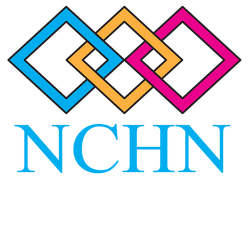What is a rural health network?

Rural health networks (RHNs) work to address the gaps, disparities, and barriers in rural areas. There are multiple definitions of rural health networks. NCHN defines a RHN as "a collaboration of at least three like-minded entities that join together to improve health outcomes for rural communities and advance a common mission.” RHNs may also be referred to as collaboratives, consortia, partnerships, and alliances.
Why do organizations form health networks?
Health networks are formed for many reasons. The most common are the following:
- to address a need that cannot be addressed by an orgination individually (for financial, logisitical, and other reasons)
- cost-sharing
- increased efficiency/reduced duplication of services
- to create economies of scale
- increase revenue/reduce cost
- As reimbursement for services continues to decrease and rural areas face a shortage of healthcare professionals, the incentive to collaborate to address rural needs is more appealing. Some networks have successfully saved member organizations millions of dollars.
What kinds of health networks are there?
Rural health networks are often classified according to their composition (homogenous or mixed) or purpose. Horizontal networks are homogenous organizations comprised of one type of provider (e.g., rural hospitals, nursing homes) and vertical networks are comprised of different types of providers.
Some rural health networks are formed to address a specific goal. The following are common orientations of rural health networks:
Some rural health networks are formed to address a specific goal. The following are common orientations of rural health networks:
- Rural Hospital Networks
- Integrated Rural Health Networks
- Federally Funded Integrated Rural Health Networks
- Rural Public Health Networks
- Health Center Controlled Networks (HCCNs) (FQHCs that have formed electronic health networks among themselves)
- Health Information Technology (HIT) Networks
- Telemedicine Networks
- Electronic Health Records (EHR) Networks
- Broker Networks and Purchasing Networks
Why rural?
Access to healthcare tends to decline as population density declines. Why? Providing healthcare in rural areas is challenging for healthcare providers because of the vast geography to be covered by emergency responders (which equates to longer transit times), fewer physicians and other health professionals, lower reimbursement rates, and cost. It costs more per capita to deliver service in rural areas than it does in urban areas. While approximately 25% of the US population live in rural areas, only about 10% of phycisians practice in rural areas. For more information on this, go to What's Different about Rural Health Care on the National Rural Health Association website.
